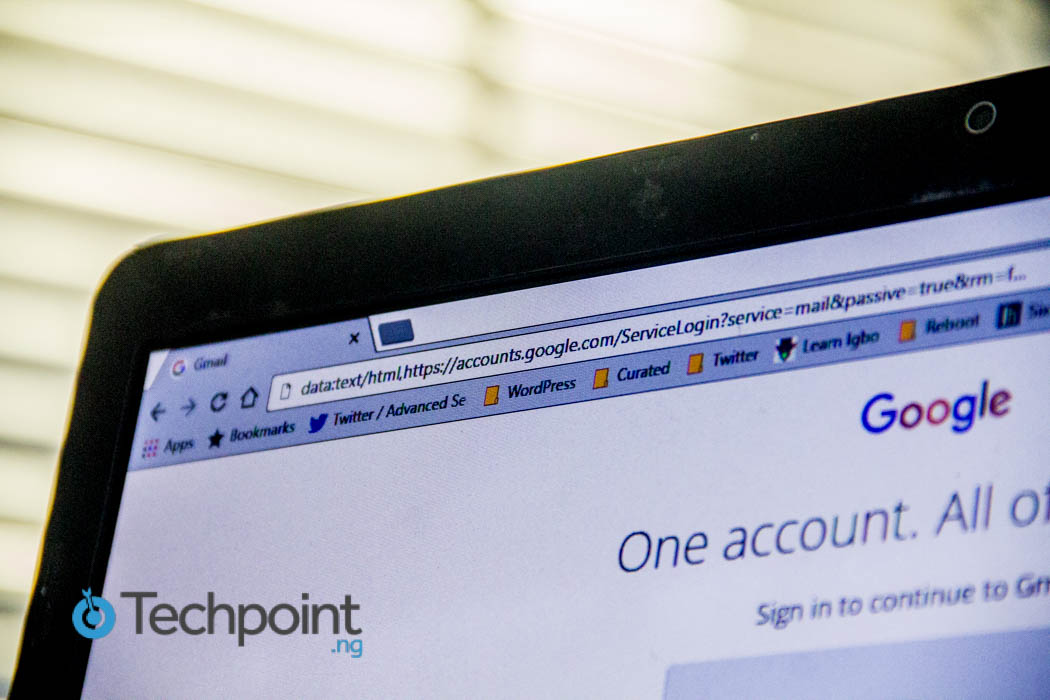Eighteen months ago, Africa-focused eCommerce giant, Jumia, changed its business strategy to something it deemed more effective. A focus on low-value/high-value products, and a drastic reduction in marketing expense helped it reduce losses significantly for up to six quarters.
Conversely, reduced marketing seemingly stunted Jumia’s growth as its user base and the number of orders on its platform kept fluctuating. While its gross profit margins seemingly increased YoY, there was inconsistent growth on a quarterly basis.
Let’s paint a quick picture:
In one year, the company only added 500,000 active users - people who placed orders, irrespective of cancellations or returns. Nine months before this change in strategy, Jumia added 1.3 million active users year-on-year (YoY) on average.
These numbers and investor sentiments which quickly moved from bullish to bearish led us to question the effectiveness of Jumia’s push towards profitability.
Per its Q2 2020 report released today, August 8, 2021, Jumia appears to have made a slight tweak to its growth strategy, spending a whopping $17.1 million on sales and advertising.
Note: Jumia has historically used the Euros to report its financials, but it has stated that it will be using the US dollar going forward. Consequently, the numbers for previous reports have been modified
Jeremy Hodara and Sacha Poignonnec, Co-Chief Executive Officers of Jumia stated that in the past 18 months, the company has significantly diversified its product categories, improved unit economics, and strengthened its balance sheet. It plans to build on this by increasing sales and advertising investments while increasing gross profits.
“While we start to see early signs of usage acceleration, these investments are long term in nature and we expect them to pay out over time, as we continue to execute on our strategy,” both CEOs proffered.

Be the smartest in the room
Give it a try, you can unsubscribe anytime. Privacy Policy.
The plan, for them, is to make Jumia a part of their customer’s everyday lives by engaging both buyers and sellers in the variety of services it offers.
The company reveals that customer targeting on Facebook and Google has been a big part of its campaign, and it plans to leverage geotargeting tools for outdoor advertising, as well as various customer incentives.
The result?

Though Jumia added up to 200,000 active customers YoY to reach 7 million, this is just 100,000 more than the 6.9 million customers it had in Q1 2021.
Apparently, Jumia’s aggressive marketing helped drive several orders on its platform. Orders - items ordered irrespective of returns and cancellations -- increased 12.8% from last year to 7.6 million. This is 1 million orders more than it processed in Q1 2021.
While phones and electronics have continued to decline, and FMCGs are not growing as fast, Jumia has witnessed explosive growth in food delivery.
“Food delivery posted the highest ever number of quarterly orders, up almost 60% year-over-year and accounting for 22% of total orders on our platform during the quarter.
Jumia reveals that it focused its growth efforts in this segment late last year after the disruption experienced at the onset of the pandemic.
However, Gross Merchandise Volume (GMV) declined 11% from $253 million last year to $223.5 million. Still, this is a marked improvement from $200 million in Q1 2021.
Jumia also cites Foreign Exchange activities such as an increase in currency valuations for Ivory Coast, South Africa, and Morocco, against the US Dollar as a key driver for GMV performance.
Consumer electronics and gadgets accounted for 37% of Jumia’s GMV, while groceries accounted for 14%. JumiaPay, its much-vaunted digital financial services platform, was the GMV’s increased its GMV contribution to 25%.
JumiaPay transactions grew by 12% from 2.4 million last year to 2.7 million in Q2 2021. However, total payment volume reduced from $59 million to $56 million.
Encouragingly, Jumia’s gross profit after fulfillment expense (picking, packing, and shipping costs) increased 16% from $6.6 million to 7.7 million YoY. In Q1 2021 it recorded a $7.5 gross profit after fulfillment.
Losses have increased once again

In exchange for a slight increase in customer base, gross profit, and increased orders on the platform, Jumia’s losses have risen significantly.
The company’s adjusted EBITDA loss increased by 15% from $36.2 million in Q2 2020 to $41.6 million in Q2 2021.
When Taxes, Interests, and other parameters are accounted for, Jumia was left with an operating loss of $51.6 million in Q2 2021, up 24.7% from the same period last year.
As you may have guessed, Jumia attributes these significant losses to increased sales and advertising expenses.
“At the end of June 30, 2021, we had $637.7 million of cash on our balance sheet. Cash used in operating and investing activities was $27.4 million,” the company reports.
What does the future look like?
“In the second half of 2021, we expect to increase our investments in Sales and Advertising, Technology and staff costs expenses as compared to the second half of 2020.” Jumia states.
Recall that in the six months leading to March 2021, Jumia sold off $570 million worth of shares in order to raise extra cash. While we initially stated that the implications were not obvious, such a runaway might be necessary for a period of significant losses that might follow an aggressive marketing period.
While both CEOs aver that this will drive long-term growth, it is worth noting that this is not a new strategy, and Jumia has always employed this before toning things down 18 months ago.
Is this sustainable? It might be too soon to say, but we'll likely see Jumia adjust its strategy in a few months.




















